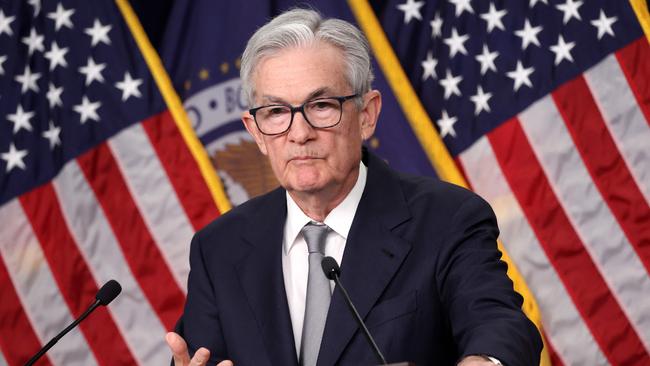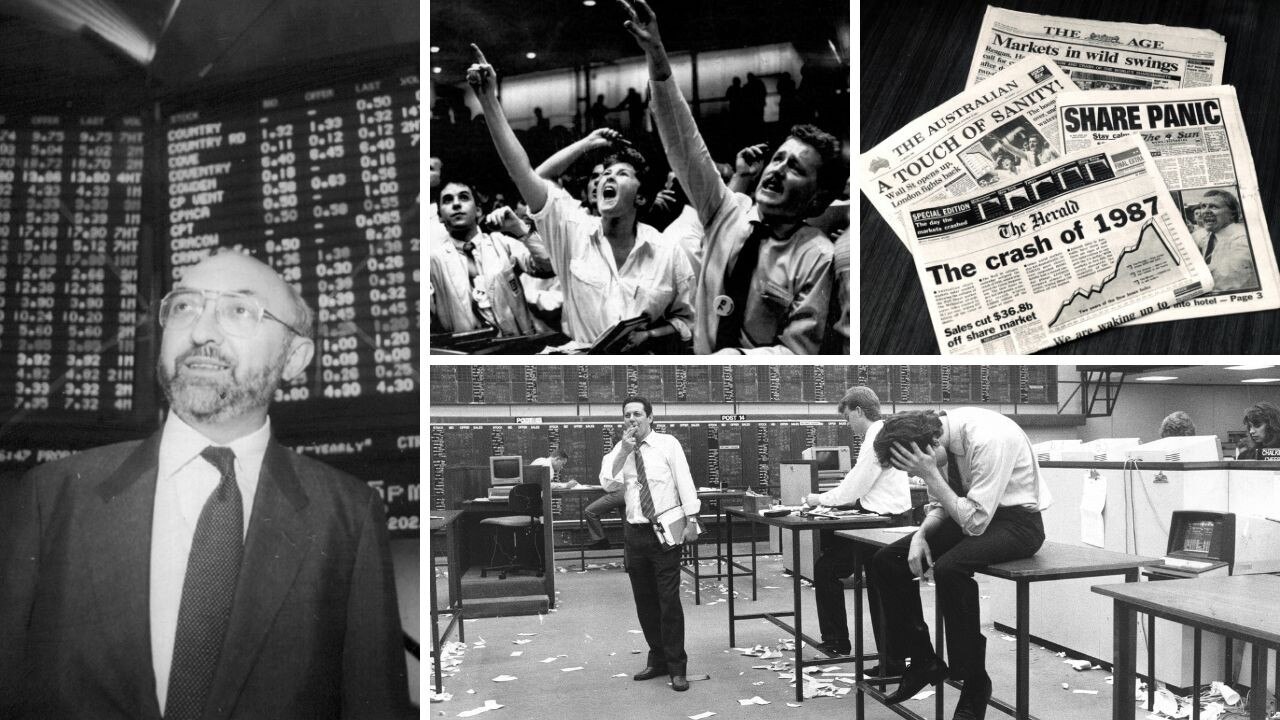Lower inflation figures in the US spell good news for us
There are simply no downsides for us from the US reporting lower inflation figures. That doesn’t mean that catastrophe is not looming though.

Terry McCrann
Don't miss out on the headlines from Terry McCrann. Followed categories will be added to My News.
At last some unambiguously, unqualified good news – especially for us.
That’s to say, there are simply no downsides for us – and indeed for most of the rest of the world – in the ‘surprise’ fall in US inflation revealed overnight Tuesday.
I emphasise ‘for us’, because Americans might – almost certainly, will – pay the price for the lower inflation in terms of job losses and business bankruptcies.
We just get the benefits, cost free – lower global interest rates, surging share prices, and a better global economy through the pain and the process.
First off, the lower inflation, utterly eliminates any prospect of further rate rises from the Fed; indeed, it opens the door for rate cuts, maybe even early in 2024.
Any way you cut the statistical pie, US inflation is now down to ‘around 3 per cent’.
The Fed ‘funds rate’- their version of our Reserve Bank’s official rate – is 5.25 to 5.5 per cent. That’s a real rate of around 2.5 per cent, and clearly, if not indeed, punishingly anti-inflationary.
Compare and contrast with our RBA’s 4.35 per cent against a last-published inflation rate of 5.4 per cent.
Except of course, annualised inflation in Australia for the six months to end-September was only 4 per cent. We actually had – just – a real official rate before the Cup Day increase.
And that was why I expected the RBA would leave – and I would argue the RBA should have left – the rate unchanged.
Whatever, we saw the US inflation good news instantly captured in the surge on Wall St.
For once, classic, eternal, Wall St greed moved in lock-step with both reality and what was ‘good’ for the other 300m-plus Americans.
We, as usual, got the backwash across the Pacific: the Dow went up 1.4 per cent, the broader S&P 500 by 1.9 per cent; and our market followed with a 1.4 per cent lift.
We also, importantly for global markets, saw the definitive 10-year US bond yield continue its easing from the 5 per cent level reached in mid-October, to around 4.4 per cent.
Now, time will tell how sustainable and realistic that is – given the massive $33tn ($51tn) of US federal government debt, combined with the Fed’s ‘boiling frog’ exercise of slowly unwinding its money-printing quantitative easing.
That’s to say, its now-selling of the bonds it bought through both the GFC and Covid.
Our RBA is doing its own unwinding exercise, letting the bonds it bought in 2020 mature without reinvestment through to early next year.
The RBA’s de-QEing has proved painless because of the budget surplus the federal government has been wallowing in, thanks to the huge tax revenues from exports of iron ore, coal and gas – all industries it ideologically wants to destroy.
Now, none of this ‘good news’ – to stress out of the US, nothing we can take credit for - detracts from the disaster looming over our horizon, that I discussed yesterday.
Yes, it will boost local share prices; yes, it will make for a better global (economic) environment.
But we are still headed for an entirely self-inflicted car crash.
Originally published as Lower inflation figures in the US spell good news for us





